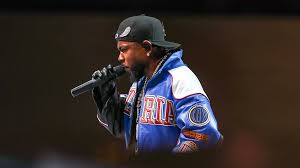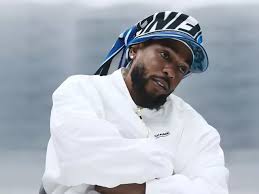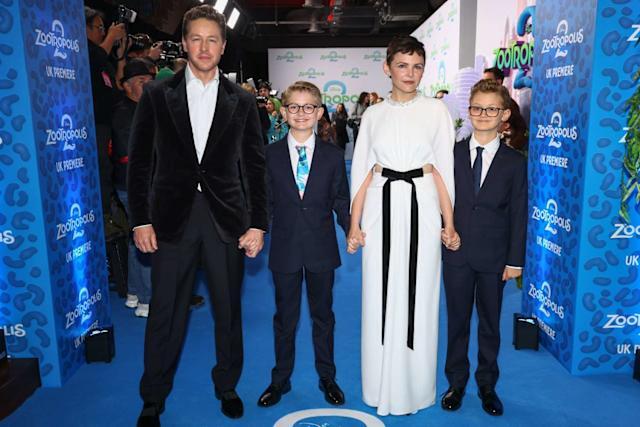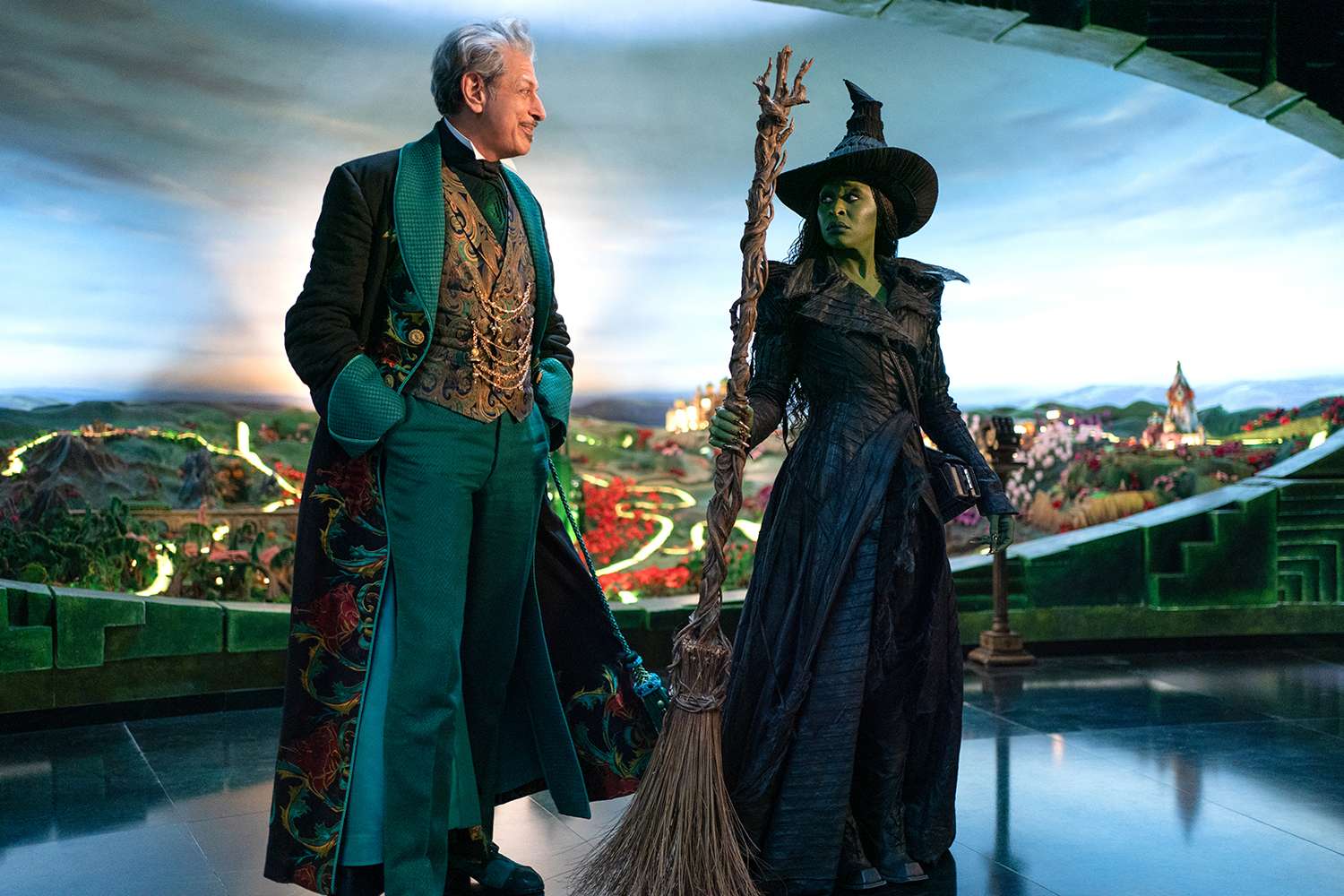There are artists, and then there are architects—those who shape the future of their craft while staying rooted in their truth. Kendrick Lamar is unmistakably the latter.
In 2025, as music continues to drift further into algorithms, trends, and polished pop formulas, Lamar has emerged as both a cultural cornerstone and a creative outlier. With a Grammy sweep, a history-making tour, and a fiery public feud that captivated millions, the Compton-born rapper has hit the commercial apex of his career—all without compromising the values that built his legacy.
But how did we get here? And why does Kendrick Lamar’s presence feel so vital in an era of disposable hits and fleeting fame?
Let’s break it down.
Kendrick Lamar’s domination at the 2025 Grammy Awards wasn’t just impressive—it was symbolic.
“Not Like Us,” his scathing, chart-topping single, took home five Grammys, including Song and Record of the Year. It’s a sharp-edged, tightly coiled track that’s both a searing dis track and a deeply layered manifesto. Lamar has described the song as reflecting “the man I represent… he has morals, he has values, he believes in something.”
In a world where celebrity often sacrifices self-awareness for spectacle, that sentiment cuts deep.
“Not Like Us” is more than a catchy hit—it’s a cultural verdict. An anthem of separation from the superficial, the song spells out everything Lamar refuses to be. And people listened. Loudly.
Calling Lamar’s current run a “breakout” would be laughable—he’s been a fixture of the genre for over a decade, earning both critical acclaim and grassroots love.
But what makes 2025 so unprecedented is the way he’s finally fused mass adoration with uncompromised artistry. Kendrick isn’t just popular now—he’s iconic.
He’s the first rapper to ever place three albums simultaneously in the Billboard 200’s Top 10. He’s the top nominee at the 2025 American Music Awards, even outpacing perennial powerhouses Taylor Swift and Beyoncé. And he just co-headlined the most lucrative tour date ever for a hip-hop act—grossing $11.8 million at a single show with SZA in Dallas.
And he’s still Kendrick. Still thoughtful. Still complex. Still unwilling to play by the industry’s rules.
The Grand National Tour is more than a concert series—it’s a career-defining moment for Lamar.
Co-headlining with his longtime friend and collaborator SZA, the tour has been packing stadiums—rare territory for rap acts. Together, the two bring a blend of visceral energy and emotional nuance, moving seamlessly between crowd-shaking anthems and quiet, reflective moments.
Lamar’s set design leans toward theatrical minimalism: dim lighting, abstract visuals, and the kind of pacing that feels more like an art installation than a commercial show. Songs like “DNA” and “HUMBLE” erupt with intensity, while tracks like “Luther”—his soulful duet with SZA named in tribute to Luther Vandross—add depth and contrast.
It’s not just a concert. It’s Kendrick turning the stadium into a sanctuary.
If there’s one track that represents Kendrick’s ability to connect the past with the present, it’s “Luther.”
A collaboration with SZA, the ballad is built around a sample from Luther Vandross and Cheryl Lynn’s 1982 love song, “If This World Were Mine.” The new version takes that old-school tenderness and reimagines it through the lens of modern vulnerability, longing, and cultural commentary.

The song topped the Billboard Hot 100 for 11 weeks—breaking a 44-year-old record for a male-female duet previously held by Lionel Richie and Diana Ross’s “Endless Love.”
“Luther” is a ballad, yes. But it’s also a bridge: between generations, between genres, between Kendrick’s past and his limitless future.
For all his accolades, Kendrick Lamar’s most prized tool has always been his pen.
Whether you were pulled in by the raw reflections of Overly Dedicated or the intricate narratives of good kid, m.A.A.d city, Lamar’s music has always carried a sense of personal urgency. Every bar is a memory. Every hook is a headline from a life lived in search of clarity.
One long-time fan, Mo B., has followed Lamar across cities and tours since his early days. For him, the power of Kendrick’s music lies in its documentary quality.
“I always tell my friends, who would have thought the bigger he gets, the better he is? And that he’s stayed true to who he is, is wonderful.”
Mo was struck by “R.O.T.C.” back in 2010 and never looked back.
That sentiment is echoed by cultural analysts like Justin Tinsley of ESPN’s Andscape, who believes good kid, m.A.A.d city is one of the greatest rap albums ever made—not just for its beats and bars, but for its commitment to storytelling.
“He’s not sacrificing the soul of his music,” Tinsley says. “He’s pulling from things that he’s lived.”
It’s tempting to call Lamar a chameleon, but that would imply adaptation. What he actually does is challenge the environment to adapt to him.
Jazz on To Pimp a Butterfly, rock-infused aggression on DAMN., and spiritual introspection on Mr. Morale & the Big Steppers. With GNX, his current album, he once again confounds expectations—blending experimental sounds with themes of legacy, fear, and fortitude.
Marcus J. Moore, who authored The Butterfly Effect: How Kendrick Lamar Ignited the Soul of Black America, sees this artistic courage as key to his longevity.
“Kendrick has always marched to the beat of his own drum,” Moore explains. “He’s never chased trends. He made the records he wanted to make.”
And that refusal to play it safe? It’s become his signature.
Of course, it’s impossible to discuss Kendrick’s 2025 without acknowledging the feud that put the internet—and much of the industry—on pause.
In March 2024, Lamar’s verse on the Metro Boomin/Future track “Like That” took direct aim at Drake, slicing through the Canadian superstar’s public image with surgical precision.
“Forget the big three… it’s just big ME,” Kendrick declared—a direct rebuke to Drake’s claim that he, J. Cole, and Lamar were the trinity of modern rap.
The lyrical war that followed spanned months, with Drake eventually filing a lawsuit against Universal Music Group over “Not Like Us,” alleging the song defamed him. UMG swiftly dismissed the case as rhetorical hyperbole.
But what was undeniably real was the cultural shift.
Suddenly, the internet wasn’t debating if Kendrick won—but by how much.
Moore puts it bluntly:
“Real rap heads knew Drake didn’t stand a chance… Kendrick is a lyricist through and through.”
It wasn’t just a diss. It was an exorcism of everything Kendrick sees as empty in the modern rap game. And he followed it up with a Super Bowl halftime show—the most-watched in history—that crowned him not just victor, but king.

When Kendrick won the Pulitzer Prize for DAMN. in 2018—the first ever for a non-classical, non-jazz album—it marked a turning point. But unlike many artists who stumble when they reach the mountaintop, Kendrick built a new one.
He’s now a 22-time Grammy winner, a commercial juggernaut, and a critical darling. And yet, the essence hasn’t changed.
He still sees music as more than entertainment. It’s therapy. It’s testimony. It’s legacy.
Whether he’s working with U2 or Taylor Swift, or sampling gospel choirs alongside funk breakdowns, he remains firmly rooted in what made him great in the first place: curiosity, humility, and the hunger to document a life in motion.
With every album, Kendrick has widened the lane for what hip-hop can be.
- good kid, m.A.A.d city proved you could go deep without going niche.
- To Pimp a Butterfly was a jazz-infused thinkpiece that still managed to go platinum.
- DAMN. won a Pulitzer and moved arenas.
- Mr. Morale & the Big Steppers explored mental health, fatherhood, and generational trauma.
And now, in 2025, Kendrick is shaping the present while securing the future. From stadiums to classrooms (his lyrics are studied in universities), his words ripple across every layer of society.
As Marcus J. Moore put it, Lamar has realized, “the message he has is vital… He can stand in the back of the room and still be Kendrick Lamar.”
At 37, Kendrick Lamar is not just at the top—he’s redefining what “the top” even means.
In a culture obsessed with speed, he slows things down. In a genre that often glorifies bravado, he offers vulnerability. And in a moment where authenticity is rare, Kendrick makes it his brand.
So yes, 2025 belongs to Kendrick Lamar. Not because he demanded it—but because he earned it.
He’s not like them. He never was. And that’s exactly why he’s king.










